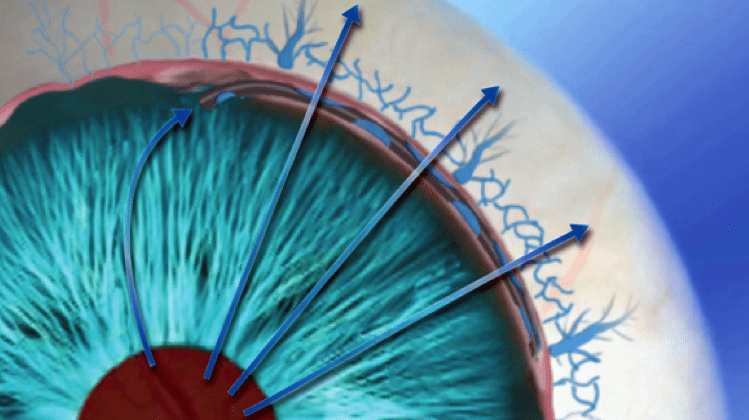Hydrus Minimally Invasive Glaucoma Surgery (MIGS)
This minimally invasive technique, the Hydrus stent is highly effective in reducing pressure in those with glaucoma.
The technique has been shown in studies to reduce the need for taking glaucoma drops and the majority of patients are off drops altogether.
The technique can be combined with cataract surgery eliminating the need for more than one procedure.


